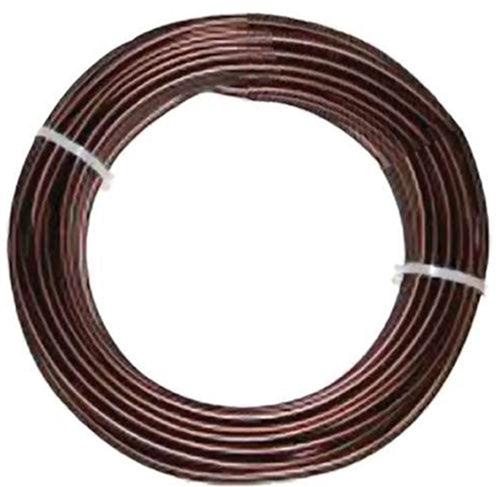 Stewartias often have strong nebari and this one is no exception. I don't know who the artist is. I tried Image Search, which recognized that it's a Stewartia, but didn't find this particular tree
Stewartias often have strong nebari and this one is no exception. I don't know who the artist is. I tried Image Search, which recognized that it's a Stewartia, but didn't find this particular tree
This is the second in a series of how-to Nebari posts. Much of the emphasis here is on eliminating roots that grow down and encouraging the rest of the roots to grow almost straight out from the base of the trunk. The tree that is being worked on in the photos below is a Japanese maple. Stay posted for more posts on Nebari development
 The bottom. The roots that grow straight down have been eliminated
The bottom. The roots that grow straight down have been eliminated
and the rest have been combed straight out from the base of the trunk

The top. Clearly this tree already has a very good start
on a well developed nebari, but there's always room for more
 Warning, most bonsai teachers we know warn against this approach. Even any bare rooting is discouraged, let alone washing off every particle. Unless you have the expertise and perfect conditions, the risk of damage or worse is too high.... Nevertheless here's the original text...
Warning, most bonsai teachers we know warn against this approach. Even any bare rooting is discouraged, let alone washing off every particle. Unless you have the expertise and perfect conditions, the risk of damage or worse is too high.... Nevertheless here's the original text...
"A final washing with a concentrated stream gets rid of stubborn soil particles. When that's done, it's time to carve the base of the trunk. This allows for a lower, flatter planting and discourages roots from growing down"

Here you can see the that Mr. Miau carved the bottom
of the nebari in several places.
This helps to discourage roots from growing down

Now it's ready to plant...
 .
.
..into a very low pot. Notice how shallow the soil is and how all the roots are lying flat on top
 Left: before the rest of the soil is added. Right: after all the soil has been added. Notice how the nebari is exposed but all the roots that extend from it are covered
Left: before the rest of the soil is added. Right: after all the soil has been added. Notice how the nebari is exposed but all the roots that extend from it are covered
 I think this Stewartia nebari qualifies as a monster. That's Bjorn Bjorholm’s thumb. We originally featured this photo in a post from April 2015
I think this Stewartia nebari qualifies as a monster. That's Bjorn Bjorholm’s thumb. We originally featured this photo in a post from April 2015

 Stewartias often have strong nebari and this one is no exception. I don't know who the artist is. I tried Image Search, which recognized that it's a Stewartia, but didn't find this particular tree
Stewartias often have strong nebari and this one is no exception. I don't know who the artist is. I tried Image Search, which recognized that it's a Stewartia, but didn't find this particular tree
 The bottom. The roots that grow straight down have been eliminated
The bottom. The roots that grow straight down have been eliminated  Warning, most bonsai teachers we know warn against this approach. Even any bare rooting is discouraged, let alone washing off every particle. Unless you have the expertise and perfect conditions, the risk of damage or worse is too high.... Nevertheless here's the original text...
Warning, most bonsai teachers we know warn against this approach. Even any bare rooting is discouraged, let alone washing off every particle. Unless you have the expertise and perfect conditions, the risk of damage or worse is too high.... Nevertheless here's the original text... 
 .
. Left: before the rest of the soil is added. Right: after all the soil has been added. Notice how the nebari is exposed but all the roots that extend from it are covered
Left: before the rest of the soil is added. Right: after all the soil has been added. Notice how the nebari is exposed but all the roots that extend from it are covered
 I think this Stewartia nebari qualifies as a monster. That's Bjorn Bjorholm’s thumb. We originally featured this photo in a post from April 2015
I think this Stewartia nebari qualifies as a monster. That's Bjorn Bjorholm’s thumb. We originally featured this photo in a post from April 2015
